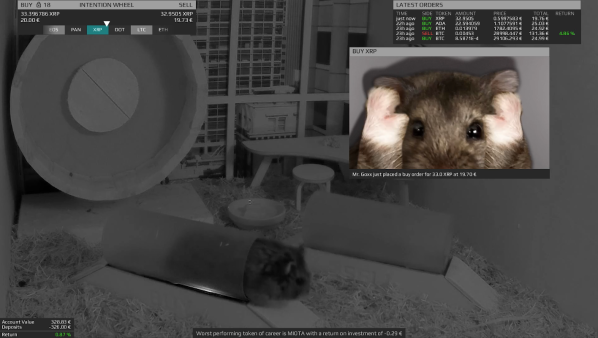A British journalistic trope involves the phrase “The pound in your pocket”, a derisory reference to the 1960s Prime Minister Harold Wilson’s use of it to try to persuade the public that a proposed currency devaluation wouldn’t affect them. Nearly six decades later not so many Brits carry physical pounds in their pockets as electronic transfers have become more prevalent, but the currency remains. So much so that the governor of the Bank of England has had to reassure the world that the pound won’t be replaced by a proposed “Britcoin” cryptocurrency should that be introduced.
Normally matters of monetary policy aren’t within Hackaday’s remit, but since the UK is not the only country to mull over the idea of a tightly regulated cryptocurrency tied to their existing one, there’s a privacy angle to be considered while still steering clear of the fog of cryptocurrency enthusiasts. The problem is that reading the justification for the new digital pound from the Bank of England, it’s very difficult to see much it offers which isn’t already offered by existing cashless payment systems. Meanwhile it offers to them a blank regulatory sheet upon which they can write any new rules they want, and since that inevitably means some of those rules will affect digital privacy in a negative manner, it should be a worry to anyone whose government has considered the idea. Being at pains to tell us that we’ll still be able to see a picture of the King (or a dead President, or a set of bridges) on a bit of paper thus feels like an irrelevance as increasingly few of us handle banknotes much anyway these days. Perhaps that act in itself will now become more of an act of protest. And just when we’d persuaded our hackerspaces to go cashless, too.
Header: Wikitropia, CC BY-SA 3.0.
















